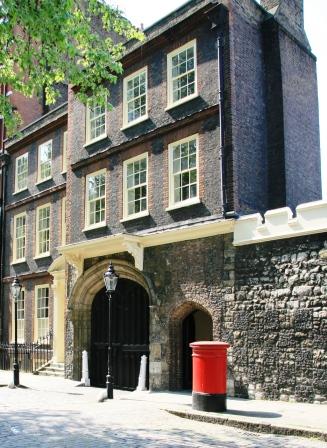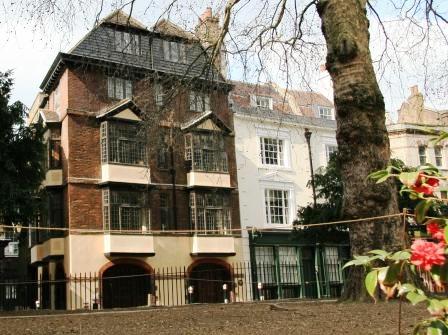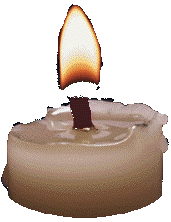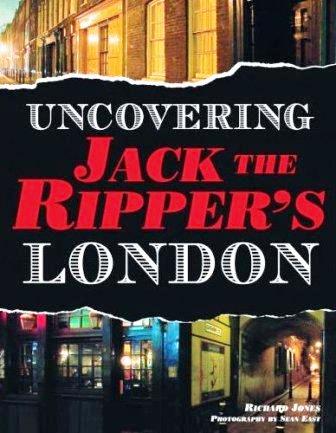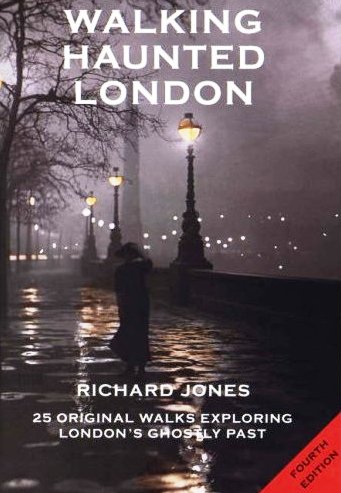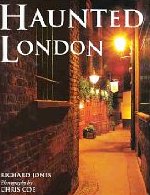HAUNTED HISTORIC BUILDINGS
The Charterhouse. Charterhouse Square. Ec1.
A Haunted Gem of Hidden London.
The ancient wall of weathered stone that encircles the Charterhouse – London’s only surviving Tudor town house - helps keep the contemporary world firmly at bay.
Beyond the massive oak gates of the gatehouse, visitors find themselves in a veritable time capsule, the origins of which stretch back to 1381 when Norman nobleman Sir Walter de Manny endowed a monastery for the strict order of the Carthusian monks. Here the holy brethren would offer prayers for the souls of the victims of the 1348 Black Death who still lie buried in the great square outside the gates.
The monastery flourished until the Reformation, when its monks refused to accept Henry as head of the church in England. Their Prior, John Houghton, was hanged, drawn and quartered, and one of his arms was even nailed onto the monastery gates in attempt to persuade the surviving monks. But, inspired by their leader’s bravery and ghostly nocturnal visits from long dead members of their order who urged them to remain true to their faith, the friars held strong and refused to curtail to the King’s demands.
One dark, wintry night, as they prayed in the chapel by dim candlelight, their came a flash of heavenly flame which caused every candle to flare up with a celestial brilliance. Encouraged in their battle with the State, the monks remained steadfast, even though sixteen more of their number were executed, before the monastery was finally dissolved.
The building was then granted to Lord North, who turned it into a splendid private residence. He entertained Elizabeth 1st here on two occasions, his hospitality being so lavish that he crippled himself financially and had to retire to the country. Thomas Howard, 4th Duke of Norfolk, then bought the house. His plans to marry Mary, Queen of Scots, resulted in his execution in 1572, and the house had several more owners before being purchased in 1611 by the immensely wealthy Sir Thomas Sutton. He converted he building into a hospital for aged men and a school for the education of the sons of the poor. In time the school became a distinguished public school; and moved to new premises in Godalming in 1867. Today some twenty or so elderly men live amid the ancient courts and forgotten cloister of this wonderful old mansion.
At night when the surrounding streets fall silent, a shadowy monk is said to drift aimlessly about the cobblestone courtyards, parts of which survive from the days of the monastery. He shares his weary vigils with the headless spectre of the Duke of Norfolk that comes striding down the main staircase, on which he was arrested, his head tucked neatly under his arm.
The Bank of England. Threadneedle Street. EC2.
The Bank Nun.
On November 2nd 1811, Philip Whitehead, ‘a man of genteel appearance’ who had been employed in the Cashier’s Office at the Bank of England, was brought to the dock of the Old Bailey, charged with forgery. Found guilty, he was sentenced to death and was duly hanged in early 1812.
News of his crime and execution was, however, kept from his devoted sister, Sarah Whitehead, who was removed by Philip’s friends to a house in Wine Office Court, off Fleet Street. But one day, Sarah turned up at the Bank of England to enquire of her brother’s whereabouts, and an unthinking clerk promptly blurted out the story of Philip’s crime and ignominious death.
The shock of the discovery turned the poor woman’s mind and thereafter she took to turning up at the Bank everyday asking after her brother in the belief that he still worked there. She became known as the “Bank Nun” on account of her peculiar attire that consisted of a long black dress and a black crepe veil worn over her face and head. The city merchants took pity on her and never let her pass “without extending their assistance,” whilst the Directors and clerks of the Bank of England saw to it that she was frequently provided with “sums of money in compliment of her misfortune.”
But she became convinced that the Bank governors were keeping an immense fortune from her and this led to her frequently hurling insults at them during business hours. On one occasion Baron Rothschild was going about his business at the Stock Exchange when she suddenly appeared and called him a “villain and a robber” telling him that he had defrauded her of her fortune and demanding the £2,000 he owed her. He responded by taking half a crown from his waistcoat pocket, handing it to her and telling her as he did so “There, then, take that and don’t bother me now; I’ll give you the other half tomorrow.” Accepting the money, she thanked him and went away.
By 1818 the Bank governors had grown tired of her daily disturbances and so gave her a sum of money on condition she agreed never to return to the bank again. In life she kept that contract, but in death her wraith has broken it many times. More than one late night wanderer, wending their weary way home along Threadneedle Street has been surprised by her ghostly figure appearing before them and, with downcast eyes enquiring sadly, though politely, “have you seen my brother?”
